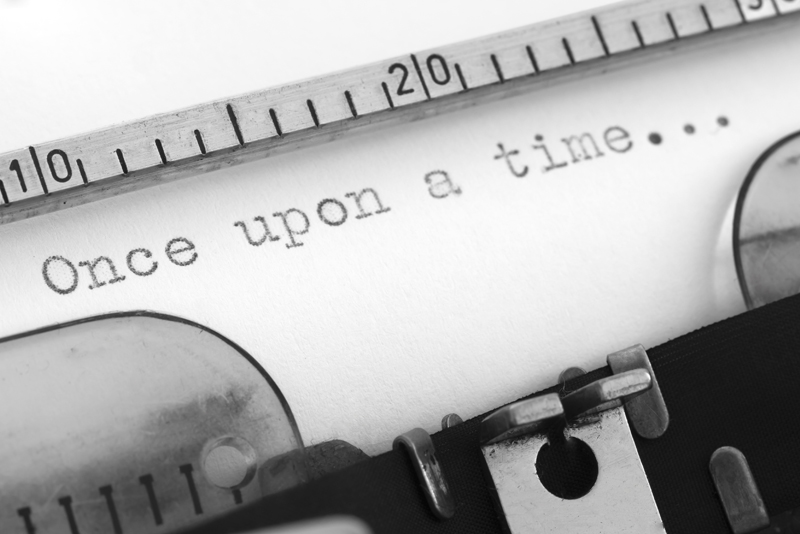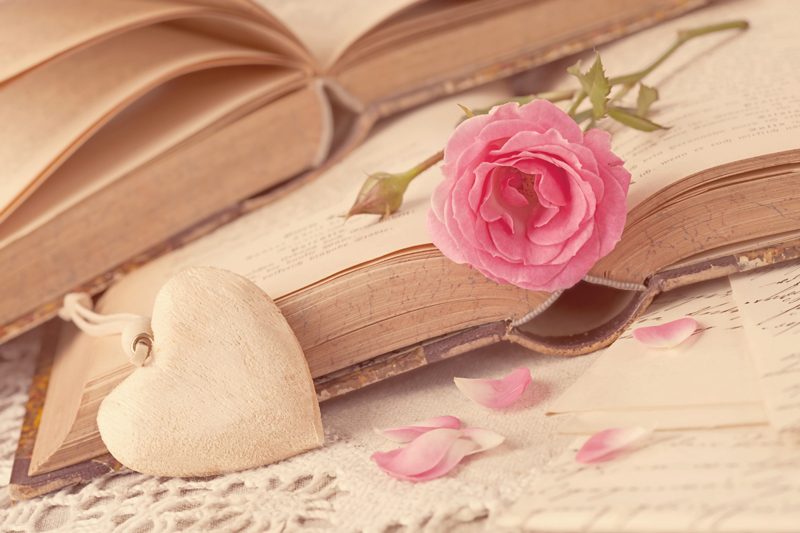Basic Hand Stitches

Hand stitching seams can produce surprisingly strong long lasting results even using a single thread in the hand needle (only one thread end is knotted after passing through the eye of a needle}. Double threading a needle (both thread ends are knotted together) is often not necessary.
When a sewing pattern’s instruction indicates to "finish by hand" or to close an opening with "hand stitches of your choice," what should be the best way to proceed? The following are often the expected choices:
Running stitch – even in length, evenly spaced stitches that appear the same on each side of the fabric. Often used for gathering a fabric edge; for basting - temporarily holding two or more fabric pieces together; for creating many lines of parallel lines of stitches in a straight or curvilinear design as seen in quilting; or stay stitching that prevents distortion of seam edges particularly on neckline edges. Stay stitching uses a short running stitch on the expected stitching line and is not removed. A basting stitch will temporarily hold fabric segments together in a somewhat long and loose running stitch that is easy to remove later in the project construction.
Backstitch – a strong stitch often used to repair a seam that has separated. The threaded needle is brought up through the fabric, then moved backward into the fabric and up again ahead of the previously entry. The stitch continues to create an unbroken stitching line that appears to have no or little spacing between stitches.
Overcast or whip stitch – often used to finish cut fabric edges to prevent raveling. Evenly spaced, diagonal stitches that are looped over the cut edges.
Ladder stitch or slip stitch - is used to create a seam that abuts two folded edges while the thread slips between the folds. Like rungs on a ladder, the stitch connects the two edges. Often used to create an invisible seam on a stuffed pillow edge or soft toy.
Historically, samplers – really practiced stitching examples – were a compiling of various stitches that demonstrated the beginning skill of sewers. Often simple and fanciful alphabets, swirling motifs, verses and decorative borders were created using very basic stitches. The sampler frequently would bear the name of the stitcher beautifully and prominently stitched as well. Samplers can become cherished heirlooms, to frame and fondly display a new found sewing skill.
Sew happy, sew inspired.
When a sewing pattern’s instruction indicates to "finish by hand" or to close an opening with "hand stitches of your choice," what should be the best way to proceed? The following are often the expected choices:
Running stitch – even in length, evenly spaced stitches that appear the same on each side of the fabric. Often used for gathering a fabric edge; for basting - temporarily holding two or more fabric pieces together; for creating many lines of parallel lines of stitches in a straight or curvilinear design as seen in quilting; or stay stitching that prevents distortion of seam edges particularly on neckline edges. Stay stitching uses a short running stitch on the expected stitching line and is not removed. A basting stitch will temporarily hold fabric segments together in a somewhat long and loose running stitch that is easy to remove later in the project construction.
Backstitch – a strong stitch often used to repair a seam that has separated. The threaded needle is brought up through the fabric, then moved backward into the fabric and up again ahead of the previously entry. The stitch continues to create an unbroken stitching line that appears to have no or little spacing between stitches.
Overcast or whip stitch – often used to finish cut fabric edges to prevent raveling. Evenly spaced, diagonal stitches that are looped over the cut edges.
Ladder stitch or slip stitch - is used to create a seam that abuts two folded edges while the thread slips between the folds. Like rungs on a ladder, the stitch connects the two edges. Often used to create an invisible seam on a stuffed pillow edge or soft toy.
Historically, samplers – really practiced stitching examples – were a compiling of various stitches that demonstrated the beginning skill of sewers. Often simple and fanciful alphabets, swirling motifs, verses and decorative borders were created using very basic stitches. The sampler frequently would bear the name of the stitcher beautifully and prominently stitched as well. Samplers can become cherished heirlooms, to frame and fondly display a new found sewing skill.
Sew happy, sew inspired.
You Should Also Read:
Blanket Stitch

Related Articles
Editor's Picks Articles
Top Ten Articles
Previous Features
Site Map
Content copyright © 2023 by Cheryl Ellex. All rights reserved.
This content was written by Cheryl Ellex. If you wish to use this content in any manner, you need written permission. Contact Cheryl Ellex for details.







